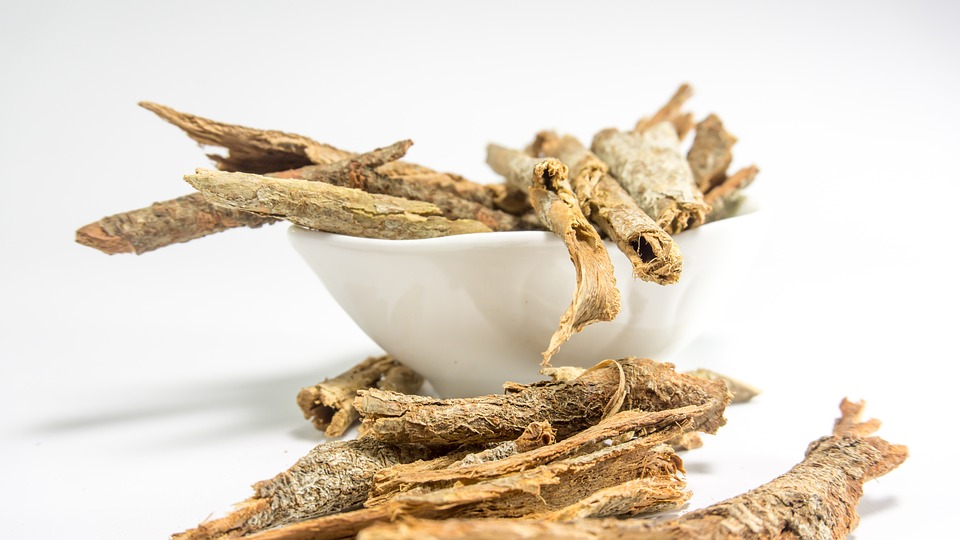By Irene Hayton
Whey is a by-product of the dairy industry. Raw whey contains lactose (milk sugar), fat, ash (minerals), and protein. The protein is extracted from the raw whey to produce whey protein powder through a series of filtering processes.
Whey protein has the highest amount of “usable” amino acids compared to other protein sources. It has been shown in clinical settings to increase immune response. Good-quality whey protein is high in cysteine—a sulfur-containing amino acid that is a precursor to glutathione, one of the strongest antioxidants in the body. Glutathione is a major part of the glutathione peroxidase enzyme, which is your body’s key detoxification enzyme, responsible for breaking down harmful peroxides. This important enzyme is found throughout the body, particularly in the liver, thyroid, and immune system.
Be aware though that not all whey powders are equal in quality. Whey protein is composed of a number of smaller protein “subfractions” called peptides, such as immunoglobins, alpha lactalbumin, lactoferrin, beta lactoglobins, and others. These peptides are what give whey protein its health benefits and they are not present in many brands of whey powder; they have been denatured due to high heat or acidic filtering processes or they have been filtered out almost completely from the final product.
There are different types of whey protein powder: concentrates and isolates. Whey concentrates are approximately 80% protein and tend to contain most of their important peptides. But they have greater amount of “impurities,” such as fat and lactose, compared to the more expensive whey protein isolates. Those who are lactose-intolerant should avoid using whey protein concentrates.
There are two different types of whey protein isolates. The ion-exchanged varieties have the least amount of impurities but are virtually devoid of the important peptides that provide health benefits. The microfiltration isolate varieties are more easily absorbed by the body, are higher in protein (usually more than 90%), are low in fat and lactose, contain the important biologically-active peptides, and are therefore more expensive.
When buying whey protein powder, look for a cold-processed, cross-flow micro-filtered isolate brand, preferably one that is unsweetened. See this month’s recipe, Yogurt and Berry Protein Smoothie, which uses whey protein powder.



